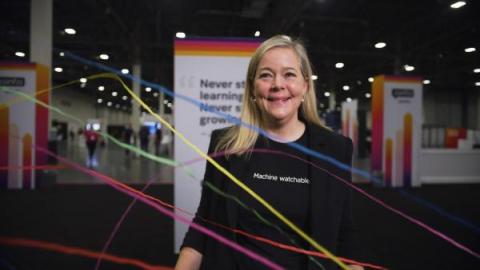CapEx vs OpEx for Cloud, IT Spending, & More
Capital expenditures (CapEx) and operational expenditures (OpEx) are two ways organizations categorize their business expenses. Every organization has a variety of expenses, from office rent to IT infrastructure costs to wages for their employees. To simplify accounting, they organize these costs into different categories, two of the most common being CapEx and OpEx.






